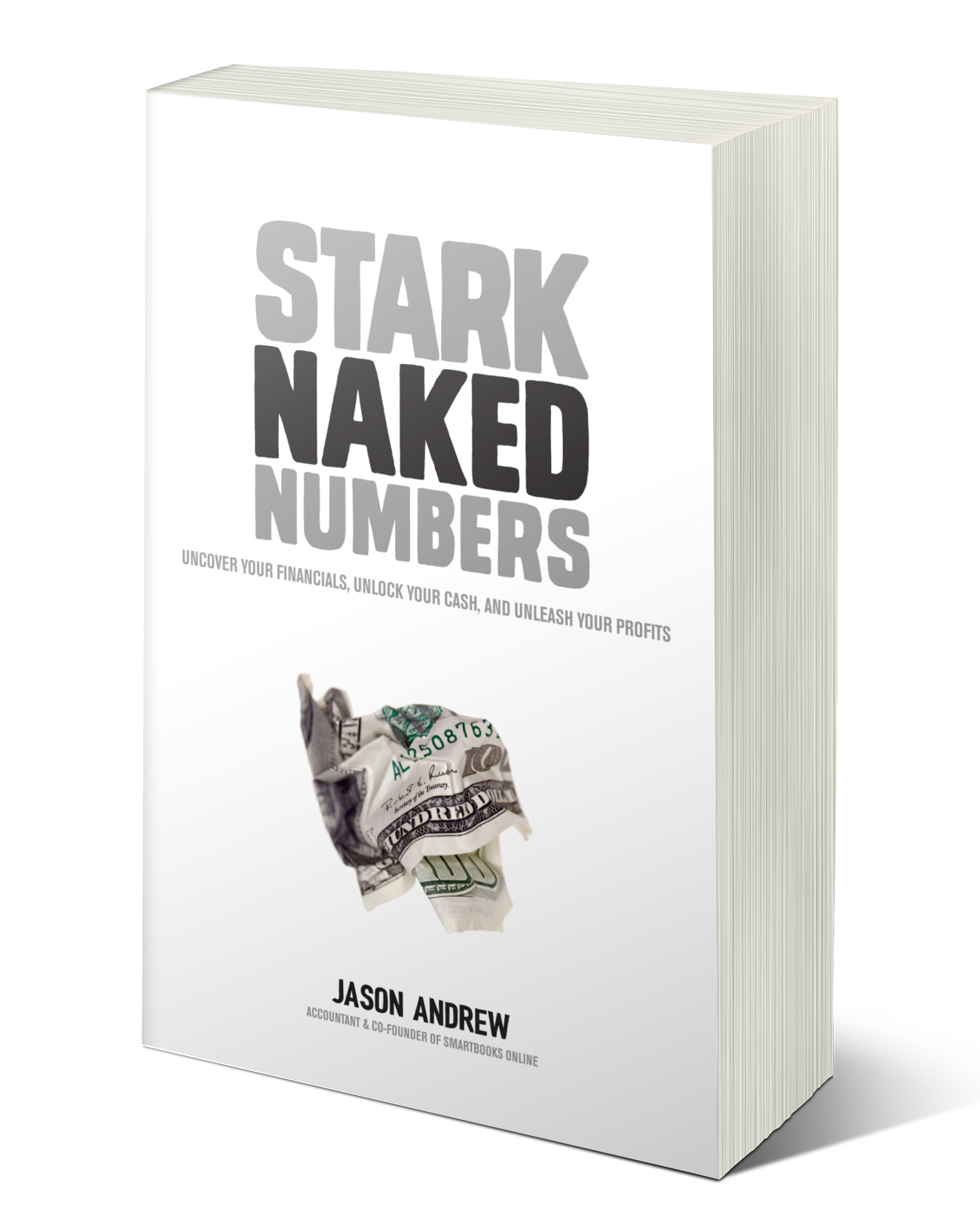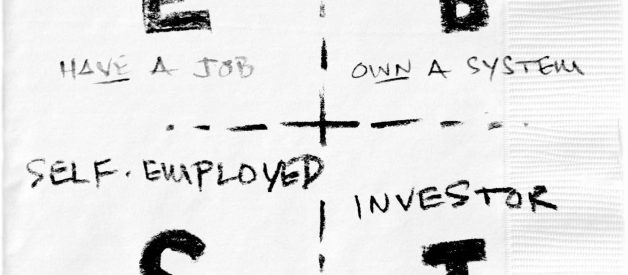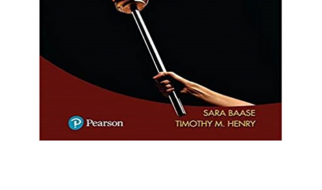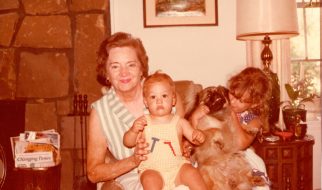 Cashflow Quadrant: source Stark Naked Numbers
Cashflow Quadrant: source Stark Naked Numbers
I had an interest in money from an early age ? mainly because, when I was growing up, we didn?t have much of it.
One of the first books about personal finance that I ever read was Rich Dad?s Cashflow Quadrant: Guide to Financial Freedom by Robert Kiyosaki.
The book has something of a cult following.
In it, Kiyosaki frames four approaches to building wealth. Yet only two can help you to break free of the day-to-day grind.
He explains that each of us falls into one of the following quadrants:
EMPLOYEE ? THE E QUADRANT
Your income is derived via a salary which you cannot control. No matter how hard you work, your income will always be capped.
SELF-EMPLOYED ? THE S QUADRANT
This describes the majority of people who call themselves ?business owners? ? even those with a number of employees. In this quadrant, the company is entirely dependent on the owner?s time.
If he or she stops working, their income stops as well.
BUSINESS OWNER ? THE B QUADRANT
This is the realm of entrepreneurs, people who design systems ? machines comprised of people and processes to generate a profit.
INVESTOR ? THE I QUADRANT
Investors use money to create more money. They don?t have to work because their money is working for them.
 Source: Stark Naked Numbers
Source: Stark Naked Numbers
Are You an S or a B?
Unless one is a child prodigy entrepreneur, all of us started in the E Quadrant; we were employees once upon a time. Then we created our own business. And bought into a misconception. We thought we were heading straight to Business Owner (the B Quadrant).
But what typically happens is that we shift from Employee to Self-Employed. Rather than owning a business, we own a job.
Let that sink in.
And I?m not just talking about solopreneurs here ? the freelance graphic designer working from a home office, for example. You can be in the S Quadrant and have a dozen employees in a fancy office space downtown. You may own the company, but the company owns you, too.
Believe me, I know. I was in the same situation. When I first started my business, I took on a ton of debt: ten times more risk than I ever imagined. Sure I was proud of the leap I?d made, the vote of confidence in my capabilities.
But, as my business grew, I was working more and more hours. Sure, I had employees, but they needed me to stand over their shoulder. My clients needed me, too. My company was completely dependent upon my time. And, thus, so was my income. I bought into a lie.
3 years later my business is still dependent on me, but the majority of the time I do spend is leading at the helm of the ship, not in the engine room.
The Cashflow Quadrant is a useful model that helped me frame what it means to be a business owner.
Maybe it?s of use to you too.

From Stark Naked Numbers: Uncover Your Financials, Unlock Your Cashflow and Unleash Your Profits Copyright 2018 by Jason Andrew


